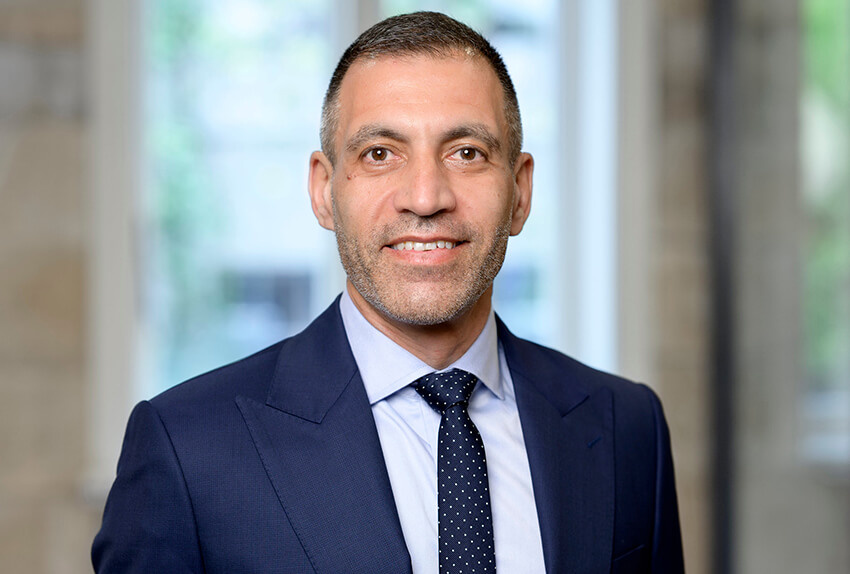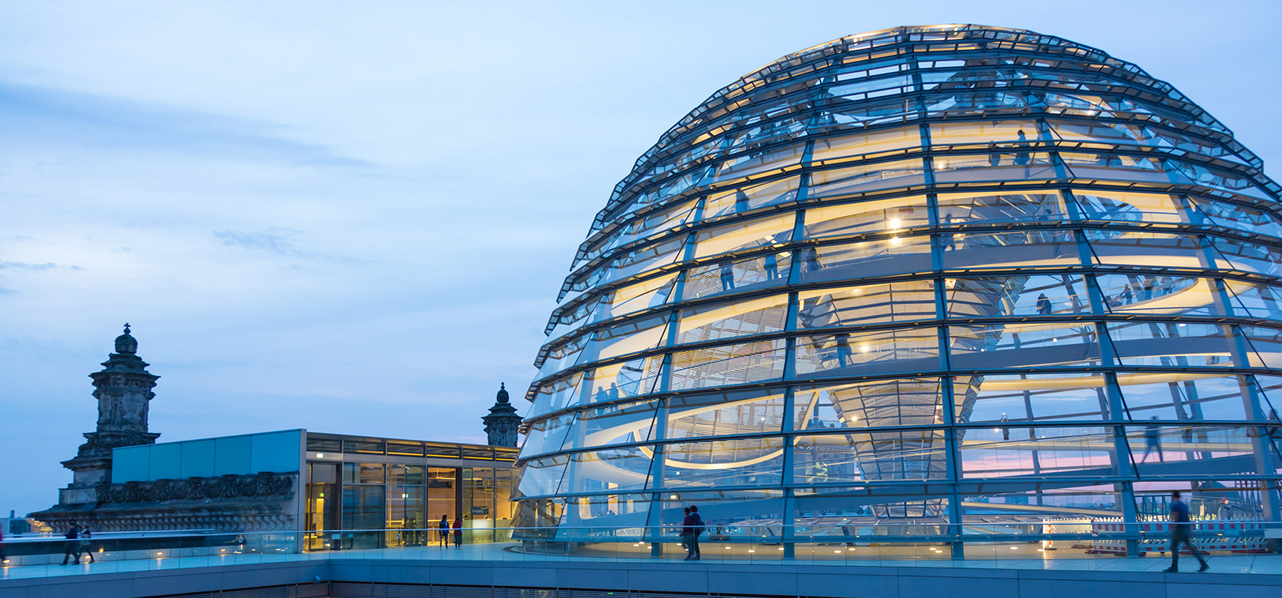From 1 May 2020, Thailand’s airlines can resume domestic flights. The frequencies will be considerably lower than in May 2019 and during the first two months of 2020.
The Civil Aviation Authority of Thailand (“CAAT”) has approved the resumption of flights subject to the following key conditions:
- The middle seat cannot be sold to ensure appropriate social distancing;
- Passengers must wear face masks at all times and cannot consume any food or beverages during the flight;
- Airlines cannot offer or sell food and beverages during the flight;
- Cabin crew must wear appropriate protective gear during the flight; and
- Flights of 90 or more minutes must also block the last row of seats for passengers who become ill or display flu-like symptoms.



